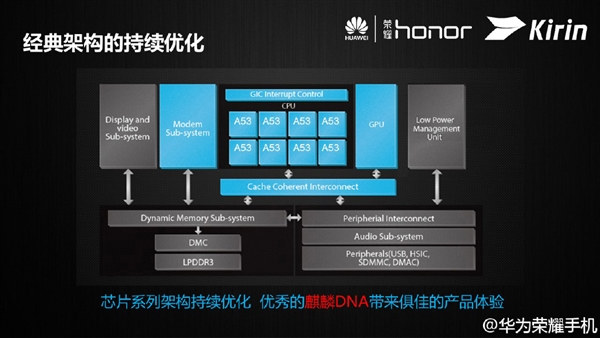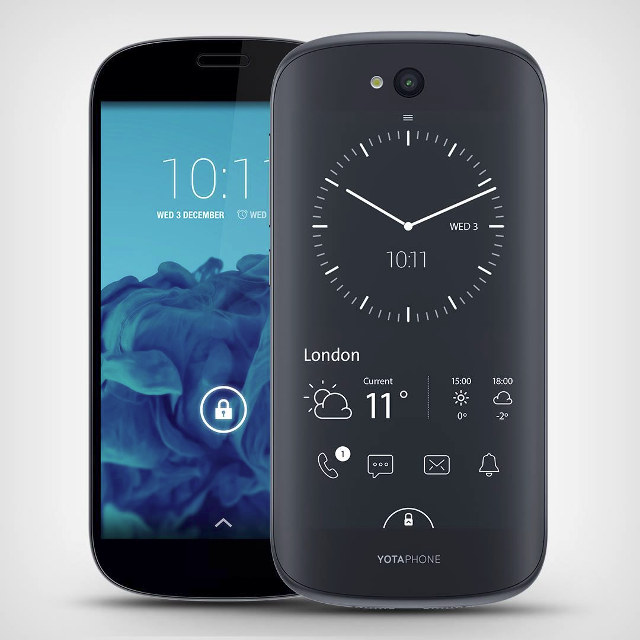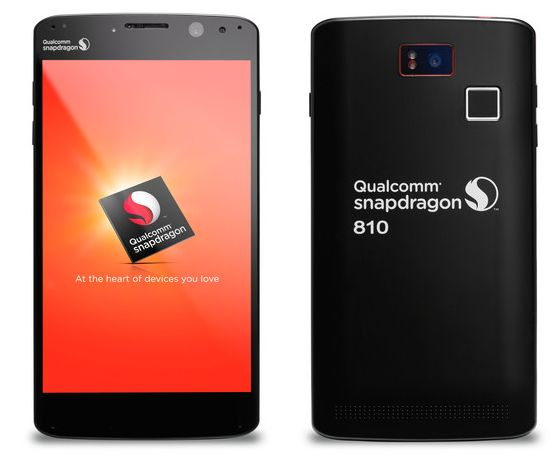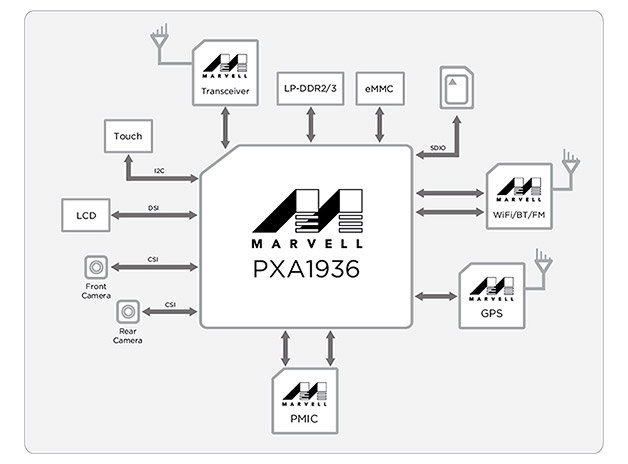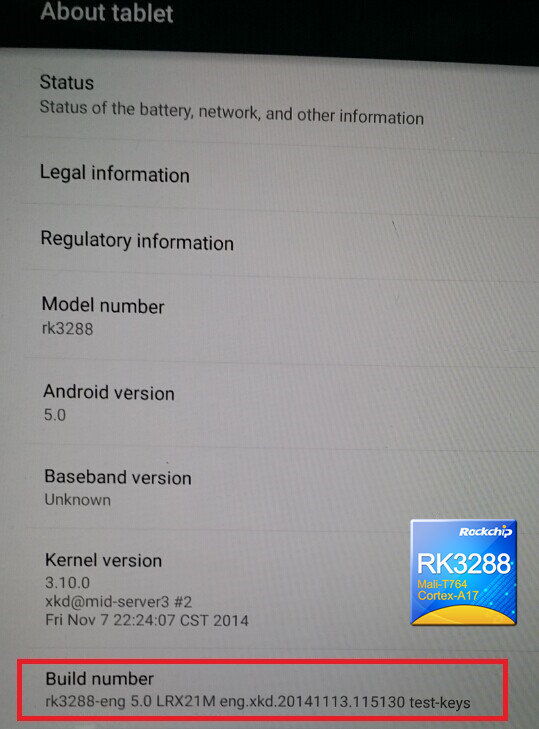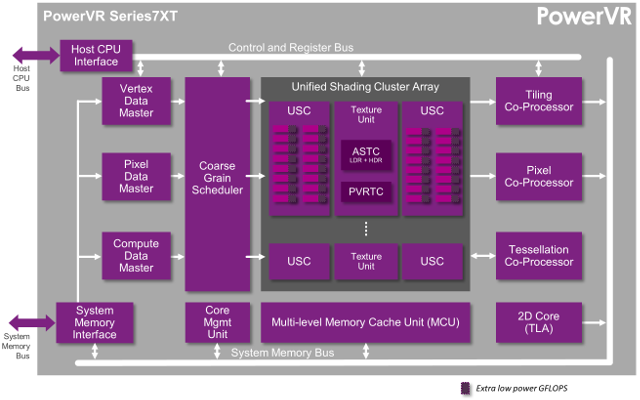Mobile desktop convergence has been a buzz word for several years now, and people have tried to use their smarphone as a desktop PC for a while thanks to technologies like MHL, which allows an easy connection between a phone and TV. However, mobile operating systems such as Android are not really suited for desktop use, and it can be a frustrating experience, so there needs to be different user interface in desktop and mobile modes for an optimal user experience. Canonical is working on this, and Ubuntu Edge, an ambitious, but ultimately failed crowdfunding campaign, was part of the strategy for convergence. But a team of developers lead by an ex-Google employee has been designed a solution with a desktop OS (Andromium OS) and a docking station that let you use your smartphone as a phone on the go, and as a desktop computer while docked, with Andromium user […]
Huawei Introduces Kirin 620 Octa Core Cortex A53 LTE SoC for Smartphones
Huawei / Hisilicon has announced a new 64-bit ARM processor with Kirin 620 featuring eight ARM Cortex A53 cores coupled with a Mali-450MP GPU, as well as an LTE Cat4 modem. Key specifications of this application processor include: CPU – 8x ARM Cortex A53 @ 1.2 GHz GPU – Mali-450MP4 GPU Memory – LPDDR3 Camera – 13MP, ZSL (Zero Shutter Lag), HDR Video – Decode & Encode: 1080p30 H.264 Cellular connectivity – LET Cat4 150M/50M, HSPA+ Cat24 42M / Cat6 5.76M, TDS R7 2.8M/2.2M, GSM R6 Class33 Voice Solution – VoLTE/eSRVCC, CSFB, SGLTE, DSDA, DSDS Peripherals – USB, HSIC, SD/MMC, DMAC Process – 28 nm That’s about all I know so far. Hisilicon mobile SoCs have not found their way in many handsets in the past, apart from Huawei smartphones. We’ll see if that one becomes more popular. Via AndroidPC.es and Android Headlines. Jean-Luc Aufranc (CNXSoft)Jean-Luc started CNX Software in […]
Yotaphone 2 Smartphone Features an Improved AMOLED + ePaper Dual Display
About two years ago, Yota , a technology company based on Russia, introduced the Yotaphone, an Android smartphone with an innovative dual display solution comprised of a standard color display on the front, and an E-ink display on the back, in order to extend battery life. The idea was interesting, but the phone did not look that great. But with Yotaphone 2, the company upgraded the processor with a Snapdragon 800 processor, a larger 5″ display, and if the back ePaper display looks as crisp and clear in real life as in the picture below, you could have a winner, and copycats will eventually show up. Yotaphone 2 specifications: SoC – Qualcomm Snapdragon 800 quad-core Krait processor @ 2.2 GHz with Adreno System Memory – 2GB RAM Storage – 32GB eMMC Displays Front – 5″ AMOLED touch screen, 1920×1080 resolution,16M colors, 442ppi, with Corning Gorilla glass 3. Rear – 4.7” […]
Intrinsyc Introduces Snapdragon 810 Powered Mobile and Tablet MDPs, DragonBoard Development Kit
Intrinsyc has recently announced availability for three development platforms based on Qualcomm Snapdragon 810 ARM Cortex A53/A57 processor, namely a smartphone Mobile Development Platform (MDP), a tablet MDP, and a DragonBoard development kit integration Open-Q 8094 system-on-module, making these one of the first ARM64 development platforms available to individual developers, or at least small software development companies (approved by Qualcomm). All three platforms will run Android 5.0 Lollipop. Intrinsyc Snapdragon 810 MDP Smartphone Intrinsyc MDP/S specifications: SoC – Qualcomm Snapdragon 810 (8994) 64-bit octa-core processor with 4x Cortex A57 cores, 4x Cortex A53 cores, Adreno 430 GPU, and Hexagon V56 DSP System Memory – 3 GB LP-DDR4 Storage – 32 GB eMMC 5.0 micro SD slot (under battery door) Display – 6.17” QHD (2560×1600) 490ppi, 10-finger multi-touch capacitive touchscreen Video Output – micro HDMI type D Audio Headset jack with ANC support 8 microphones (2 analog/ 6 digital) with support […]
International Deals for Black Friday 2014
Every year, right after Thanksgiving comes Black Friday which “officially” opens the shopping season for Christmas, and the next Monday is called Cyber Monday, a much more recent day on the calendar, as it offers Online deals. Both are mostly US centric, but Chinese e-retailers have decided to jump on the Black Friday / Cyber Monday bandwagon, so just like for Black Friday 2013, I’ve decided to list a few offer available online for international buyers. Please make check to check my little shopping guide to avoid pitfalls, such as “fake” discounts, where the original price is inflated to misguide prospective buyers. DealExtreme DealExtreme’s Black Friday promotion campaign has not officially started, but they’ve already announced their program: From November 28th to December 1st, DX Black Friday Shopping Carnival will be grandly open! This year, DX will bring you with the most beloved brands at affordable prices with amazing discounts […]
Marvell Introduces ARMADA PXA1936 & PXA1908 Octa & Quad Core Cortex A53 LTE SoCs for Smartphones and Tablets
Marvell announced ARMADA PXA1928 quad core Cortex A53 LTE SoC at the beginning of the year, and they’ve now introduced two new Cortex A53 based processors with PXA1936 and PXA1908, featuring respectively eight and four ARM Cortex A53 cores at 1.5 GHz, and 5-mode 4G LTE support (TD-LTE, FDD-LTE, TD-SCDMA, WCDMA and GSM). PXA1936 targets high performance smartphones and tablets, whereas PXA1908 targets mid-range / mainstream mobile devices. Key features of the Marvell ARMADA Mobile PXA1936 include: Octa core Cortex A53 up to 1.5GHz Supports 1080p display, and video encoding and decoding Improved image processor to support 13 to 16MP camera Advanced power management and audio codec for power efficiency and audio performance Enhanced security processor Integrated location and sensor hub functionalities for better usability Field proven DSDS (Dual Sim Dual Standby) software for 5-mode modem While key features of Marvell ARMADA Mobile PXA1908 include: Cost optimized quad-core Cortex A53 […]
Android 5.0 Lollipop Coming to Allwinner A33 & A80, Rockchip RK3288, and More…
I can often see questions requesting whether SoC XYZ will support Android 5.0 Lollipop. The good news is that last week, I’ve read lots of news about Android 5.0 support on various devices including Nvidia Shield tablet, Motorola G & X smartphones, and of course the Google Nexus devices. A developer (Nanik T.) also ported Android Lollipop to ODROID U3 development board based on Exynos 4412, and he mentioned that “porting was pretty straight forward as KK and 5.0 does not have a lot of differences in terms of HAL”, which means there’s hope for more recent devices and SoCs getting the update. Chinese SoC vendors are also getting the word out that they are working on Android 5.0. Rockchip announced Lollipop support for RK3288 processor (original news in Chinese) probably coming to tablets first, and Android TV boxes later. They used their reference platforms in the provided pictures, and […]
Imagination Technologies Introduces PowerVR Series7 GPUs with Up to 512 Cores, Virtualization Support
Imagination Technologies has announced a new PowerVR Series7 GPU architecture that will be used in their high end PowerVR Series7XT GPUs delivering up to 1.5 TFLOPS for mid range and high-end mobioe devices, set-top boxes, gaming consoles and even servers, as well as their low power lost cost PowerVR Series7XE GPUs for entry-level mobile devices, set-top boxes, and wearables. PowerVR Series7 GPU, both Series7XT and Series7XE GPUs, can achieve up to a 60% performance improvement over PowerVR Series6XT/6XE GPUs for a given configuration. For example a 64-core PowerVR7XT GPU should be up to 60% faster than a 64-core PowerVR Series6XT clocked at the same frequency, with all extra performance due to a different and improved architecture. Some of Series7 architectural enhancements include: Instruction set enhancements including added co-issue capability, resulting in improved application performance and increased GPU efficiency New hierarchical layout structure that enables scalable polygon throughput and pixel fillrate […]



